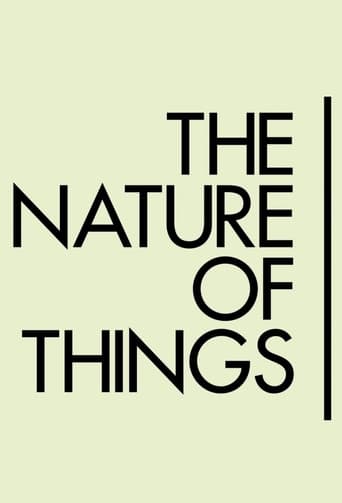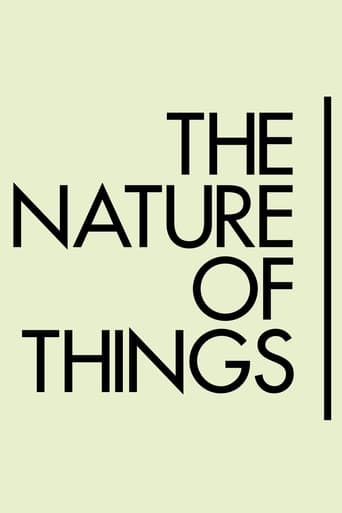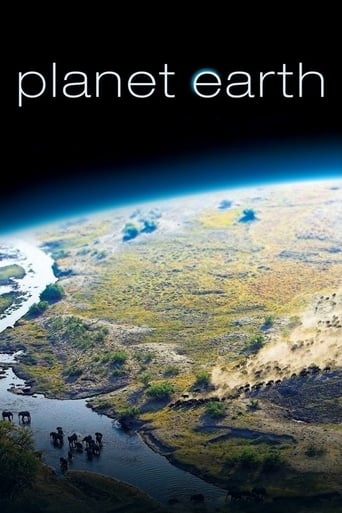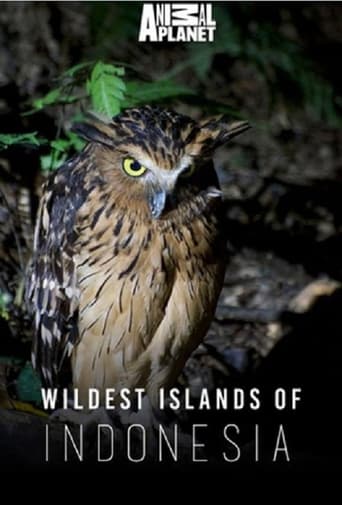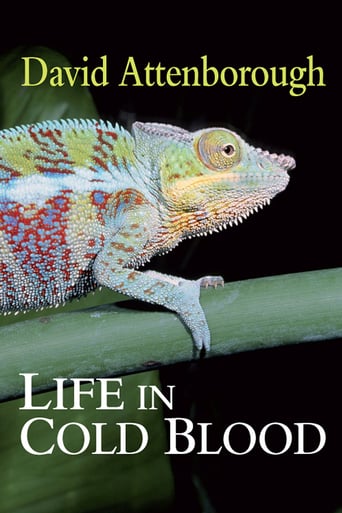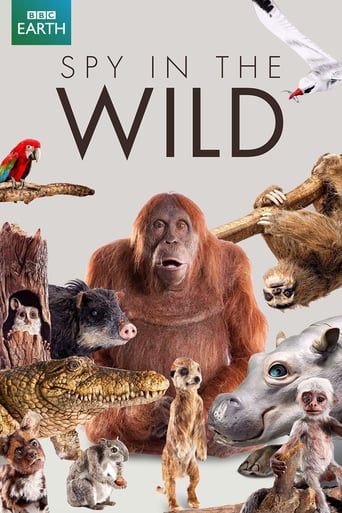The Nature of Things Season 53
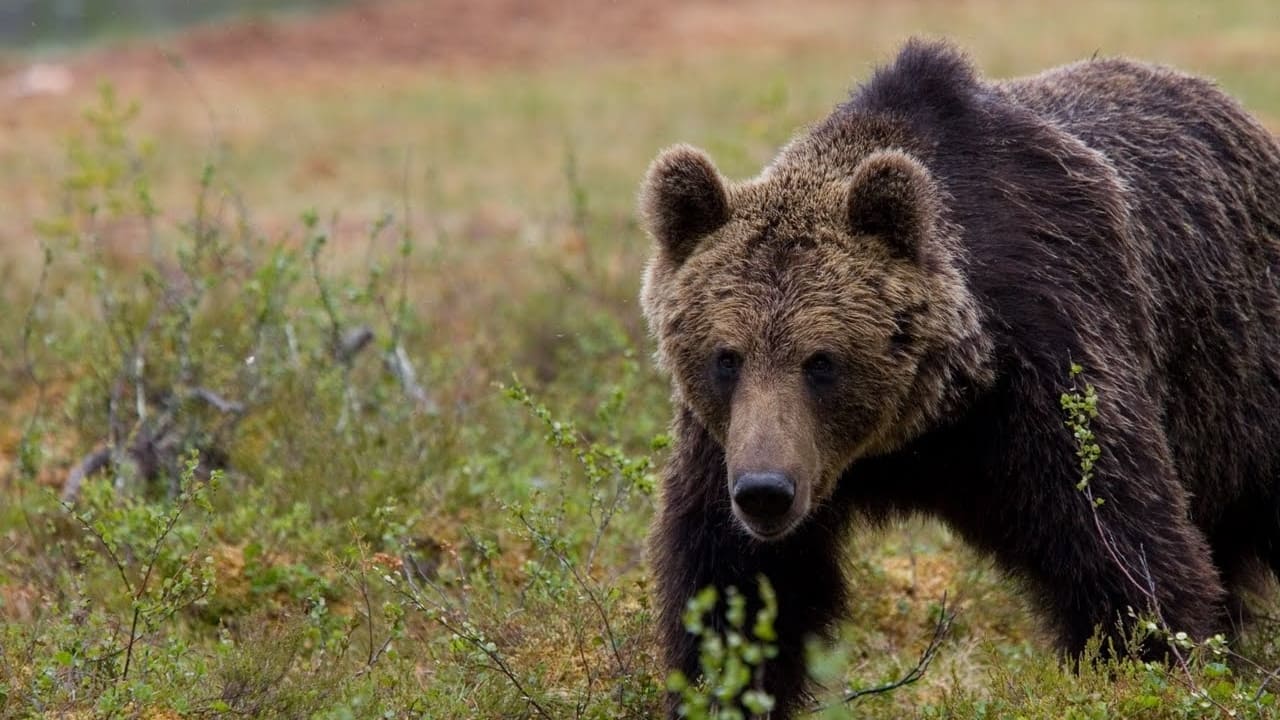
The Nature of Things is a Canadian television series of documentary programs. It debuted on CBC Television on November 6, 1960. Many of the programs document nature and the effect that humans have on it. The program was one of the first to explore environmental issues, such as clear-cut logging. The series is named after an epic poem by Roman philosopher Lucretius: "Dē Rērum Nātūrā" — On the Nature of Things.
Watch NowWith 30 Day Free Trial!
The Nature of Things
1960 / TV-PG
The Nature of Things is a Canadian television series of documentary programs. It debuted on CBC Television on November 6, 1960. Many of the programs document nature and the effect that humans have on it. The program was one of the first to explore environmental issues, such as clear-cut logging. The series is named after an epic poem by Roman philosopher Lucretius: "Dē Rērum Nātūrā" — On the Nature of Things.
Watch Trailer
With 30 Day Free Trial!
The Nature of Things Season 53 Full Episode Guide
Making the incredible Wild Canada series. Meet Jeff Turner, the series director, and see stories from the field.
In the country's harshest climate, the wildlife survive in the tundra of ice.
From the prairies to Canada's vast boreal forest that stretches almost from coast to coast, we reveal a huge wilderness of extremes that has been shaped over millennia by both humans and wildfires. Here pronghorn antelope, the fastest hoofed land animal on earth, still haunt the grasslands, the elusive wolverine thrives in the icy remote northern forests and beaver share their cozy lodges with grateful muskrats.
From the Rockies to the Pacific, western Canada has astonishing wildlife and landscapes, some of which have been influenced by early humans.
A remarkable journey across Canada’s natural landscapes revealing the surprising influence early humans had on the land and its wildlife.
Scientists are attacking food allergies in new and inventive ways, driven by the alarming increase in the number of people, particularly children, who suffer from them – and can die from them.
A rare look at the leatherback turtle as it migrates between the chilly waters off Eastern Canada and the sunny beaches of the Caribbean.
The quest to solve a great mystery in history: Identify the Black Death killer and unlock secrets that could save millions of lives.
Orphan elephant Sities must learn how to be a wild elephant when she leaves the safety of a Kenyan sanctuary to begin her journey back to freedom.
Canadian scientist Fred Urquhart unravels the mystery of the monarch's winter home.
What if each of us could make the symptoms of an illness disappear? Cast a spell so powerful it would actually heal our bodies, help us walk, or breathe better? For centuries placebos have been thought of as just fake medicine, but Brain Magic: The Power of Placebo explores the growing scientific evidence that placebos can have powerful—and real—effects on our minds and bodies.
Dr. Jennifer Gardy is back. But this time, Dr. Gardy’s journey of scientific discovery will plumb our very hopes and dreams - our quest for self-improvement. Are raw vegetables really better for you? Can you be fat and fit? Should you ditch caffeine? Dr. Gardy puts her own body on the line in lively experiments and scientific investigations to discover whether many popular health claims are science fact or science fiction.
Lyme disease, a mysterious tick-borne illness, has become one of the fastest-spreading diseases in North America. Tiny, dangerous and once uncommon, the population of ticks is growing at an alarming rate. The documentary explores how climate change has hastened the spread of the ticks and this devastating disease, one that is often misdiagnosed and mistreated, and is mired in medical controversy.
North America is under attack by a sly and wily aquatic invader. Introduced in the ‘70s for the purpose of cleaning up algae in fish ponds, the aggressive Asian carp escaped into the Mississippi river system during floods. The 50-kilogram bottom feeders have advanced north at a surprising rate, becoming a familiar sight with their frenzied and often physically threatening mass leaps into the air. Despite their fascination with this newcomer, scientists on both sides of the Canada-U.S. border agree this invader is a threat we need to take seriously.
Free Trial Channels
Seasons


